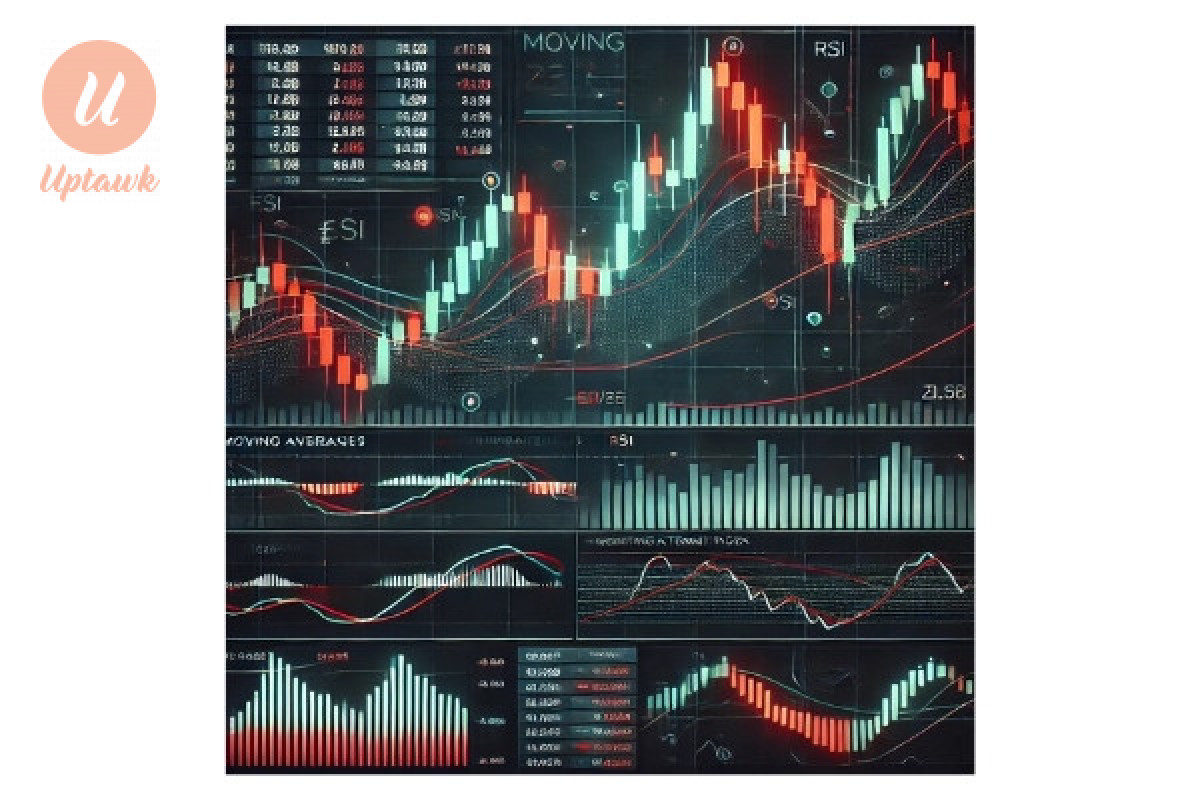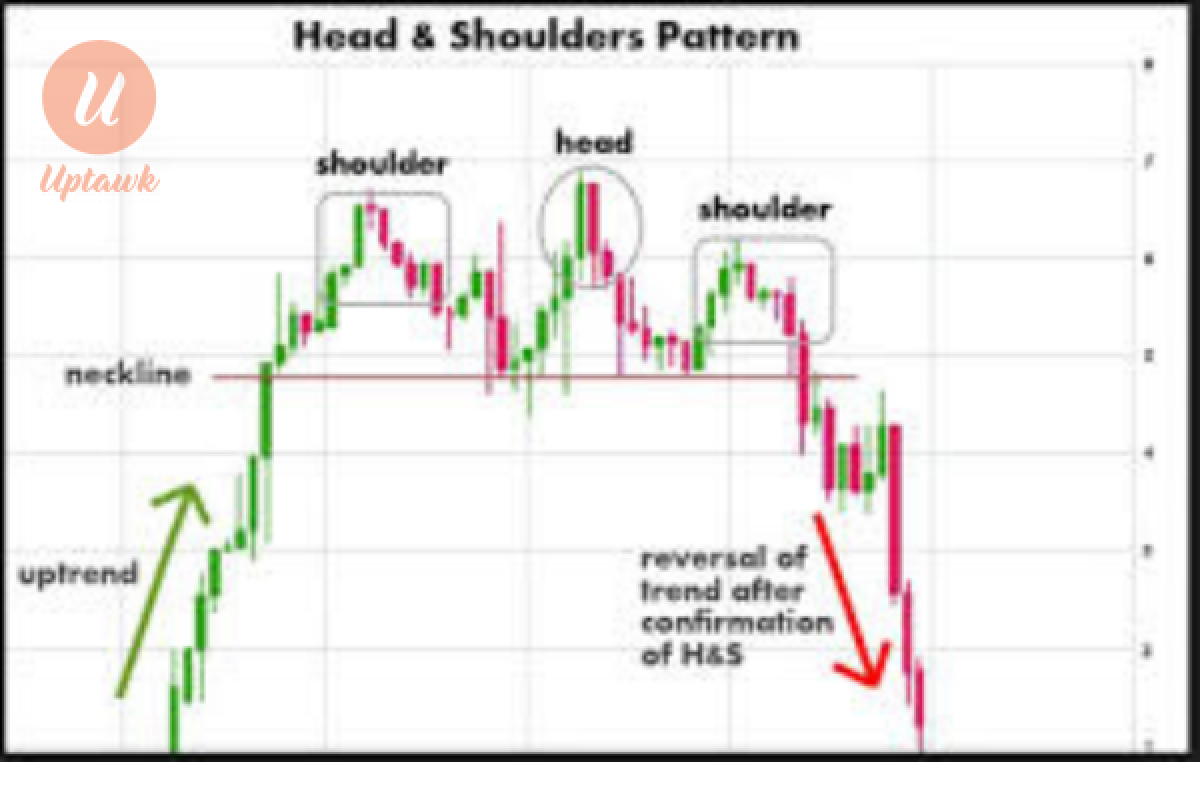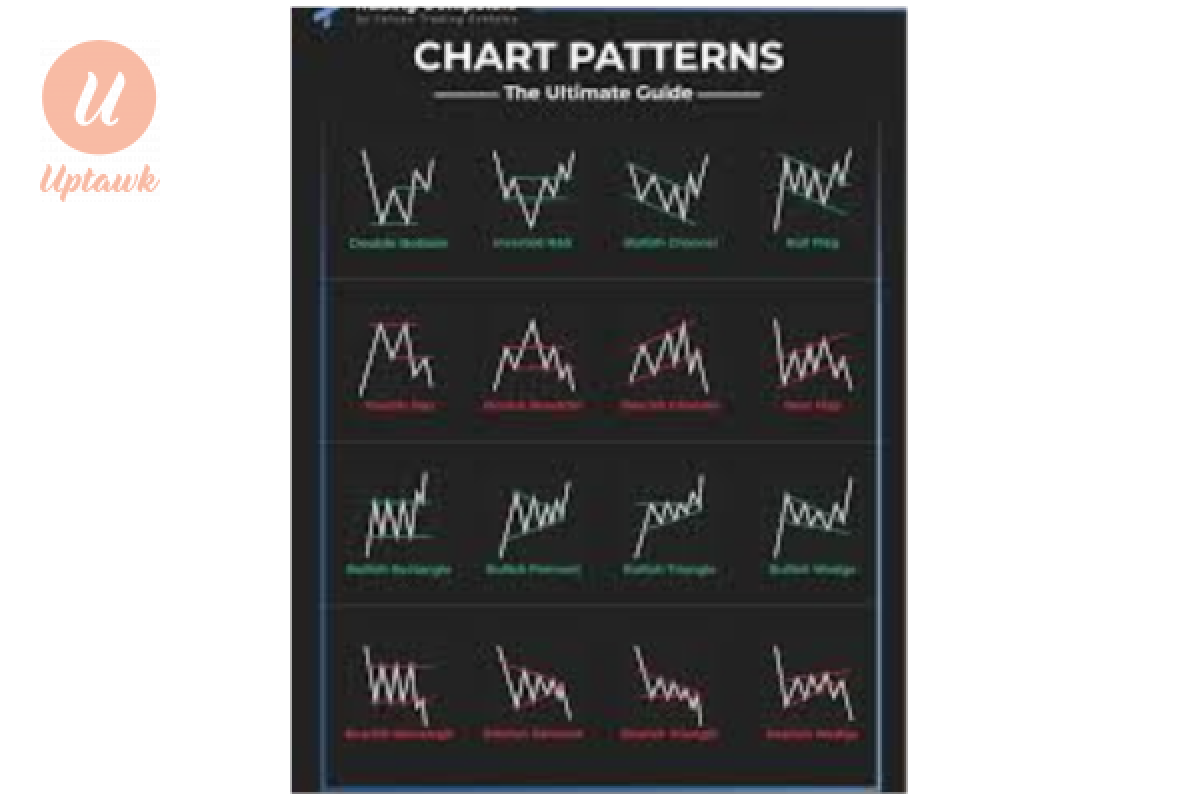
What is Forex trading
What is Forex Trading?
Forex (foreign exchange) trading is the act of buying and selling currencies on the global market to profit from fluctuations in their exchange rates. It’s the largest and most liquid financial market in the world, with a daily trading volume exceeding $7 trillion (as of recent estimates in 2025). Unlike stock markets, forex operates 24 hours a day, five days a week, across major financial centers like London, New York, Tokyo, and Sydney.
Key Players in Forex
Retail Traders: Individuals like you and me trading through brokers.
Banks and Financial Institutions: The biggest players, handling interbank transactions.
Central Banks: Influence currency values through monetary policy (e.g., interest rates).
Corporations: Hedge currency risks for international business.
Brokers: Platforms facilitating trades for retail traders.
How Forex Trading Works
Forex trading involves exchanging one currency for another in pairs. Each pair has a base currency (the first listed) and a quote currency (the second). For example:
EUR/USD: Euro (base) vs. U.S. Dollar (quote). If EUR/USD is 1.10, it means 1 Euro buys 1.10 U.S. Dollars.
Here are 10 common forex trading terminologies:
Pip (Percentage in Point) – The smallest price movement in a currency pair, usually the fourth decimal place.
Spread – The difference between the bid (selling) and ask (buying) price of a currency pair.
Leverage – A tool that allows traders to control a large position with a smaller amount of capital.
Margin – The amount of money required to open and maintain a leveraged position.
Lot Size – The volume of a trade; standard lot (100,000 units), mini lot (10,000 units), and micro lot (1,000 units).
Stop Loss – A risk management tool that closes a trade at a predetermined price to limit losses.
Take Profit – A preset level where a trade automatically closes to secure profits.
Swap (Rollover) – The interest paid or earned for holding a position overnight.
Bullish & Bearish – Bullish means prices are expected to rise, and bearish means prices are expected to fall.
Support & Resistance – Support is a price level where buying interest is strong, and resistance is a level where selling pressure is strong.
The Forex Market Structure
The forex market is decentralized, meaning there’s no single exchange like the NYSE. It operates over-the-counter (OTC) through a network of banks, brokers, and electronic platforms.
Trading Sessions
Forex trading operates 24 hours a day, divided into four major trading sessions based on global financial centers. These sessions overlap at times, creating high trading activity.
Sydney Session (Asian Session Start)
Time (UTC): 10:00 PM – 7:00 AM
Key Currencies: AUD, NZD, JPY
Characteristics:
Low volatility compared to other sessions.
Good for trading AUD, NZD, and JPY pairs.
Market movements can be influenced by economic data from Australia, New Zealand, and Japan.
Tokyo Session (Asian Session)
Time (UTC): 12:00 AM – 9:00 AM
Key Currencies: JPY, AUD, NZD, USD
Characteristics:
Increased liquidity in JPY pairs.
News from Japan and China can impact the market.
Lower trading volume compared to London and New York.
London Session (European Session)
Time (UTC): 7:00 AM – 4:00 PM
Key Currencies: EUR, GBP, CHF, USD
Characteristics:
Highest liquidity and volatility.
Overlaps with the New York session (most active period).
Strong market movements due to European economic news.
New York Session (American Session)
Time (UTC): 12:00 PM – 9:00 PM
Key Currencies: USD, EUR, GBP, JPY
Characteristics:
Highly volatile due to the overlap with the London session.
USD-related news strongly affects price movements.
Major trends can start or continue from the London session.
Best Trading Times:
London-New York Overlap (12:00 PM – 4:00 PM UTC): Highest liquidity and volatility, best for short-term trading.
Tokyo-London Overlap (7:00 AM – 9:00 AM UTC): Moderate volatility, good for trading JPY and GBP pairs.





Comments 0 Comment